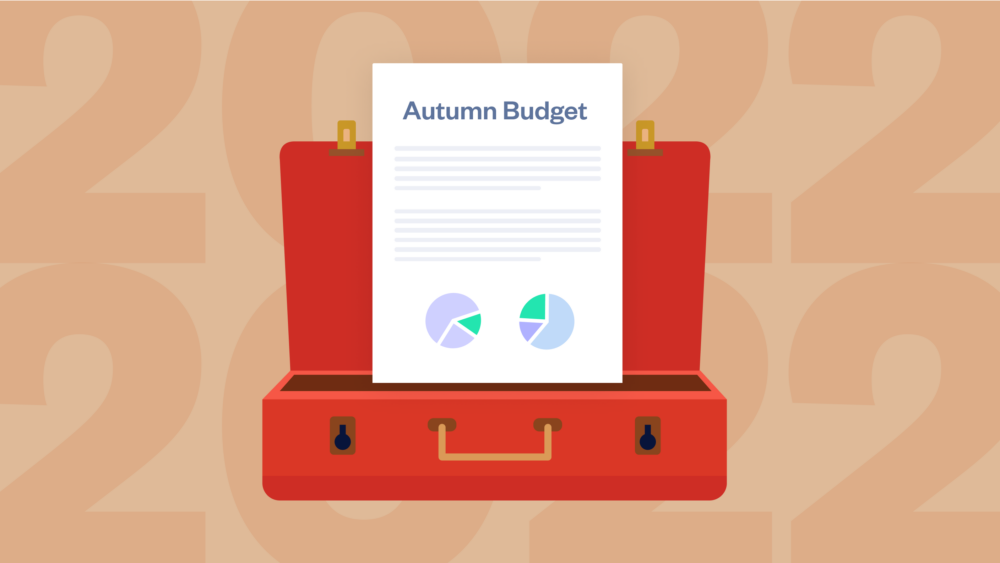Big SEIS changes for 2023, here’s how to raise £250K SEIS starting now
Great news for startups! We explain how to make the most of the new rules coming to SEIS from April 2023 - how to raise...
Chancellor of the Exchequer Jeremy Hunt today announced the Autumn Budget. The aim of this Budget is to reduce inflation and restore stability to the UK economy.
But what does it mean for you and your business? In this post, we’ll explain the changes and how they might affect your business.
The rates of R&D tax relief for SMEs is decreasing. If your company is loss-making, instead of being able to claim up to 33% of your R&D spend as cash back, it will drop to 18.6%.
Before the changes, the benefit for loss-making SMEs was worth 33p for every £1 of R&D spend. When changes come into effect (from 1 April 2023), the benefit for loss-making SMEs will be worth 18.6p for every £1 of R&D spend, and for profit-making SMEs it will be 16.34p.
Before the changes, the benefit for loss-making SMEs was worth 33p for every £1 of R&D spend. When changes come into effect (from 1 April 2023), the benefit for loss-making SMEs will be worth 18.6p for every £1 of R&D spend, and for profit-making SMEs it will be 16.34p.
In contrast to the decrease in rate for the SME scheme, the rate of tax relief for the RDEC scheme will increase from 13% to 20%. This means that the overall tax benefit from the RDEC scheme will increase from 10.54% to 16.2%.
Before the increase in Corporation Tax, RDEC claims will be worth 10.53p for every £1 spend on R&D. When changes come into effect from April 2023, RDEC claims for accounting periods beginning on or after 1 April 2023 will be worth 9.75p for every £1 spent on R&D.
Ben ConryThis reduction in the generosity of the SME R&D tax relief scheme is due to fraudulent activity detected by HMRC. The OBR states that these measures won’t have a detrimental effect on R&D investment in the UK.
R&D tax relief remains an important way for companies to unlock growth and will still remain a valuable cash flow tool for genuine claimants.
At SeedLegals, we can help you navigate the complex legislation, confirm whether you company is eligible to claim and how much you’re likely to get back as a reduction in Corporation Tax liability or a cash payment.
R&D Tax Lead,
There were no new announcements about the SEIS or EIS schemes.
In the written Autumn Statement for 2022 (the document published alongside the chancellor giving the speech), the government notes that they are supportive of the Enterprise Investment schemes and VC Trusts, and they aim to extend these in the future.
Are you a top earner? You’ll be paying more in Income Tax. The Income Tax threshold for the top rate of Income Tax will decrease from £150,000 to £125,140, meaning thousands more people earning over that threshold will pay the top rate of 45% on their income over £125,140.
For the rest of us, there’s an Income Tax freeze until 2028 – which critics are calling a stealth tax rise. This is because while the government aren’t introducing an increase in our Income Tax rate (the percentage we’re charged), there’s no change to the tax bands (the thresholds for Personal Allowance, Basic, Higher and Additional rate). As our pay goes up (we hope, with inflation), we’ll actually be paying more in tax because the tax bands won’t go up in line with the population’s pay going up.
Before the Autumn Budget announcement, the Income Tax thresholds had been frozen until 2026.
The Income Tax bands for England and Wales are:
Capital Gains Tax or ‘CGT’ is the tax you pay on the profit you make when you sell something (‘dispose of’ in legal jargon), for example when you sell shares. For CGT, there’s currently a tax-free allowance of £12,300 – so you don’t pay any tax on ‘disposals’ worth less than £12,300. The chancellor has announced that this tax-free allowance will decrease to £6,000 in April 2023 then to £3,000 in 2024.
If you have an EMI options scheme, this decrease in the CGT allowance will affect your employees when they sell their shares (after exercising them). You can read more about this in our post: Share options explained
Currently, there’s a £2,000 tax-free allowance on dividend earnings. When changes come into place in April 2023, this will reduce to £1,000 in 2023-24 and then to £500 in 2024-25.
If you’re paying yourself from your company via dividends, this change will affect how much tax you pay on your dividend income. Ask your accountant or tax advisor to help work out the most tax efficient way to pay yourself.
The threshold for VAT registration will be frozen at £85,000 until April 2024. With inflation at its current rates, thousands of small businesses who turnover just under this amount will soon go over the threshold.
If your small business is about to go over that threshold, you’ll need to register for VAT – get help from your accountant or tax advisor.
Need some ideas on how to boost your cash flow during a recession? Want to keep your employees motivated with share options? We can help. Book a free call with our experts.
Sources
Gov.uk | Autumn Statement – Accessed 17/11/22
Gov.uk | Chancellor Statement (transcript) – Accessed 17/11/22
BBC News channel | Live broadcast from House of Commons – 17/11/22
BBC News live reporting – Accessed 17/11/22







